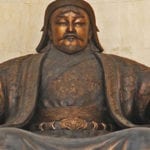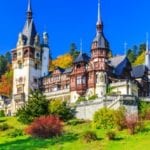 Music
Music  Music
Music  History
History 10 Less Than Jolly Events That Occurred on December 25
 Weird Stuff
Weird Stuff 10 Funny Ways That Researchers Overthink Christmas
 Politics
Politics 10 Political Scandals That Sent Crowds Into the Streets
 Weird Stuff
Weird Stuff Ten Bizarre Facts About The Doge Meme
 Our World
Our World 10 Ways Your Christmas Tree Is More Lit Than You Think
 Movies and TV
Movies and TV The 10 Coolest Stars to Set Sail on The Love Boat
 History
History 10 Things You Didn’t Know About the American National Anthem
 Technology
Technology Top 10 Everyday Tech Buzzwords That Hide a Darker Past
 Humans
Humans 10 Everyday Human Behaviors That Are Actually Survival Instincts
 Music
Music 10 Surprising Origin Stories of Your Favorite Holiday Songs
 History
History 10 Less Than Jolly Events That Occurred on December 25
 Weird Stuff
Weird Stuff 10 Funny Ways That Researchers Overthink Christmas
Who's Behind Listverse?

Jamie Frater
Head Editor
Jamie founded Listverse due to an insatiable desire to share fascinating, obscure, and bizarre facts. He has been a guest speaker on numerous national radio and television stations and is a five time published author.
More About Us Politics
Politics 10 Political Scandals That Sent Crowds Into the Streets
 Weird Stuff
Weird Stuff Ten Bizarre Facts About The Doge Meme
 Our World
Our World 10 Ways Your Christmas Tree Is More Lit Than You Think
 Movies and TV
Movies and TV The 10 Coolest Stars to Set Sail on The Love Boat
 History
History 10 Things You Didn’t Know About the American National Anthem
 Technology
Technology Top 10 Everyday Tech Buzzwords That Hide a Darker Past
 Humans
Humans 10 Everyday Human Behaviors That Are Actually Survival Instincts
10 Amazing Things You Probably Don’t Know About The Space Race
The space race was an intense faceoff between the United States and the Soviet Union. The undeclared competition started right after World War II but began winding down after Neil Armstrong landed on the moon on July 20, 1969. The US had won. It came to an abrupt end after the dissolution of the Soviet Union in 1991.
While we probably know some common facts about the space race (like the time the US tried nuking the moon), there are several other facts we have never heard about. Like how Zambia joined the space race, the Soviet offered to help the US space program and the Soviet Union’s own attempt to nuke the moon.
SEE ALSO: 10 Incredibly Mysterious Things We Have Discovered In Space
10 Zambia Joined The Space Race
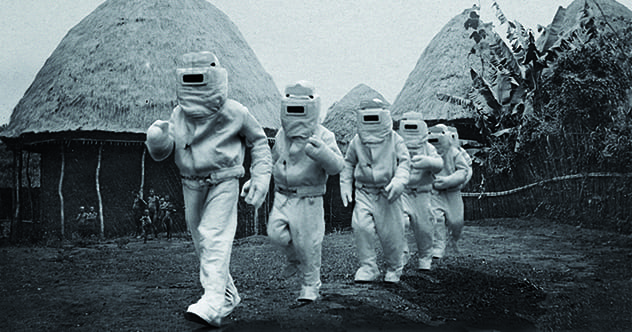
Zambia is one country you do not hear about often. It is a landlocked country tucked somewhere in south-central Africa. In 1964, it joined the space race and planned to land a man on the moon before the US or the Soviet Union ever did. This was five years before Neil Armstrong stepped foot on the moon.
The Zambian space program was the private project of Edward Mukuka Nkoloso, a schoolteacher and founder of Zambia’s National Academy of Science, Space Research and Philosophy. Mukaka recruited twelve prospective astronauts including a 16-year-old girl called Matha Mwamba for the planned moon landing.
Mukuka lacked funding for his space project. The Zambian government was not interested in a partnership and the United Nations, United States, Soviet Union and Israel had ignored his funding requests. Nevertheless, he continued to train his astronauts using an old drum he had found.
The trainee astronauts entered the drum, which was then rolled round a tree or down a hill to imitate flight conditions. The astronauts also learned how to walk on their hands, which Mukaka claimed was the only way a human could ever walk on the moon.
The whole thing was so hilarious that international reporters started to consider it a joke. Mukaka never clarified his intention even though he seemed to be serious about it. He once told an interviewer “I’ll be laughing the day I plant Zambia’s flag on the moon.”
The space program fell apart when the trainee astronauts started asking for money. Two of Mukaka’s top astronauts also got drunk and never for returned for training. A third joined a movie troupe. The program finally ended when the only female trainee astronaut got pregnant.[1]
9 Astronaut, Cosmonaut Or Taikonaut?
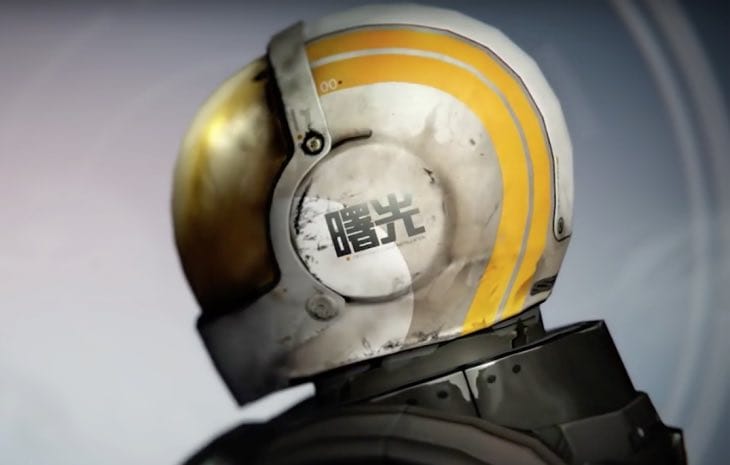
Why does the US, Soviet Union and China have different names for space travelers? NASA calls its space travelers astronauts, Russia calls them cosmonauts and China says they are taikonauts. (This article uses “astronaut” for astronauts, cosmonauts and taikonauts).
The whole thing started during the space race. The US and Soviets were such stiff competitors that they could not agree on a single name for space travelers. The US settled for astronaut (“star sailor”) while the Soviets preferred cosmonaut (“cosmos sailor”). International astronauts hitching rides on Russian or American spacecraft identify with the term used by the host nation.
China also came up with a name for its astronauts when it started sending humans into space. It initially considered calling them Chinanauts before settling for yuhangyuan (“space navigator”). However, taikonaut (“space sailor”) is more common because it ends in “naut” and is easier for non-Chinese speakers to pronounce.[2]
8 Children Playgrounds Were Designed To Stoke Interest In Space Travel

The space race was extended to playgrounds. Throughout the period, the US and Soviet Union designed school playground equipment to stoke children’s interest in space travel. Playground equipment were built to imitate rockets, satellites, towers, submarines and even planets.
Space-inspired playground equipment in the US started disappearing in 1973 when Congress created the Consumer Product Safety Commission. The commission took interest in playground accidents and asked playground equipment manufacturers to develop safer equipment. This saw safety and practicality overtake design.
A second blow was delivered two decades later when further guidelines demanded that sand and rubber replaced asphalt, dirt and grass in playgrounds. Several schools destroyed their playgrounds instead of complying.[3]
7 The Soviet Union Offered The US Technical Aid Intended For Developing Nations
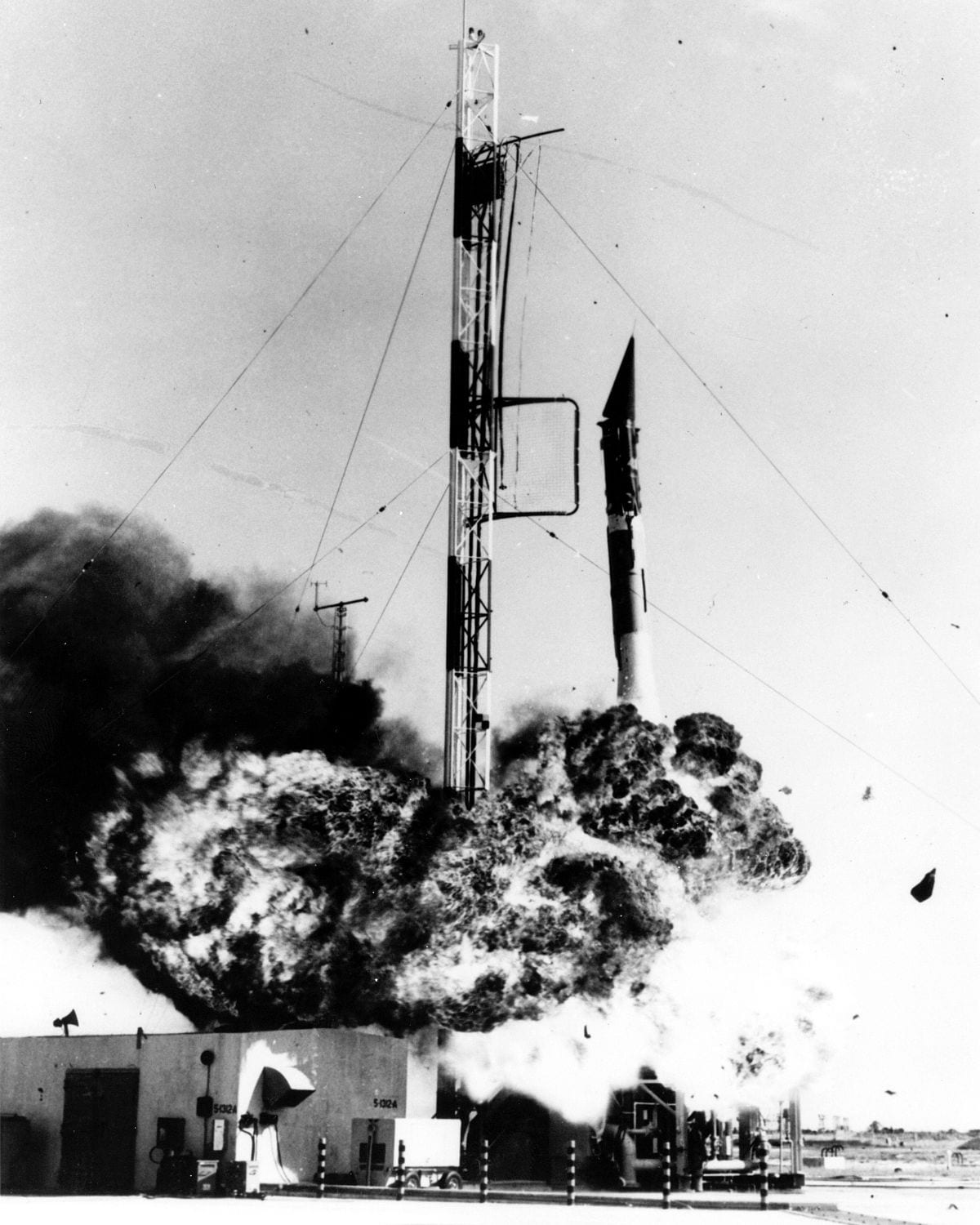
The Soviet Union started the space race when it launched Sputnik 1 on October 4, 1957. Thirty days later, it followed it up with the launch of Sputnik 2, which had a dog called Laika on board. The launches startled the US, which considered itself the global leader in science and technology. The US then decided it was going to launch its own rockets.
That almost happened on December 6, 1957, when the US attempted launching the Vanguard 1A rocket. Over 100 reporters and television were on ground to report the event. The Vanguard 1A barely rose three feet into the air before it lost power and crashed in a fiery fireball—all on live television.
The US immediately became the butt of jokes. US journalists used words like “flopnik” and “kaputnik” to describe the incident. The New York Times even dedicated an editorial to criticize the US space program. Not one to miss a good opportunity, the Soviet Union offered the US technical assistance intended for developing nations. The US ignored the offer.[4]
6 The Soviets Also Planned To Nuke The Moon
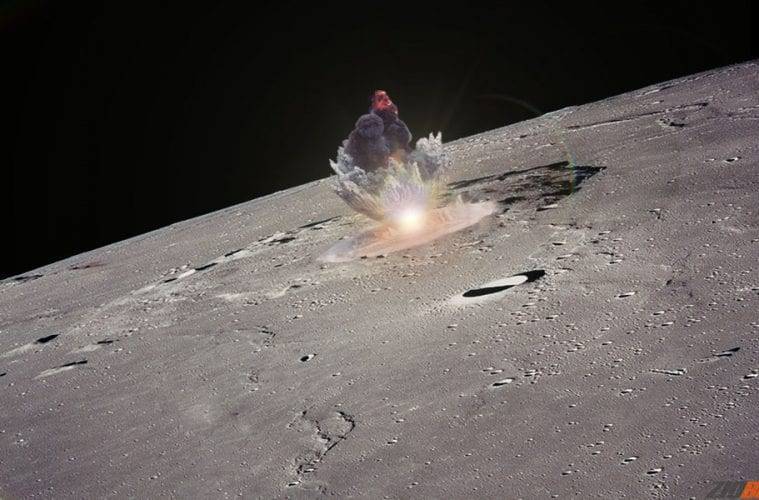
Most people would have learned about the infamous project A119. It was the US’s attempt to nuke the moon. Interestingly, it appears that the Soviet Union had similar ideas. Either nation had no practical reason for nuking the moon, other than proving that they were the leaders of the space race.
The Soviet Union planned to nuke the moon right after landing on it. The idea was to put a man on the moon and have him plant a flag. Then they dropped a nuclear weapon just to prove that they landed on the moon first. The flash and mushroom cloud formed from the explosion would be visible to people watching from earth.
The Soviets later agreed that nuking the moon was a terrible idea. The nonexistent atmosphere meant the mushroom cloud would never form. The flash of the explosion would also be so brief that people watching from earth would not even notice that anything happened. The Soviets later opted to send turtles to the moon instead.[5]
5 Some Think The Soviet Union Won The Space Race
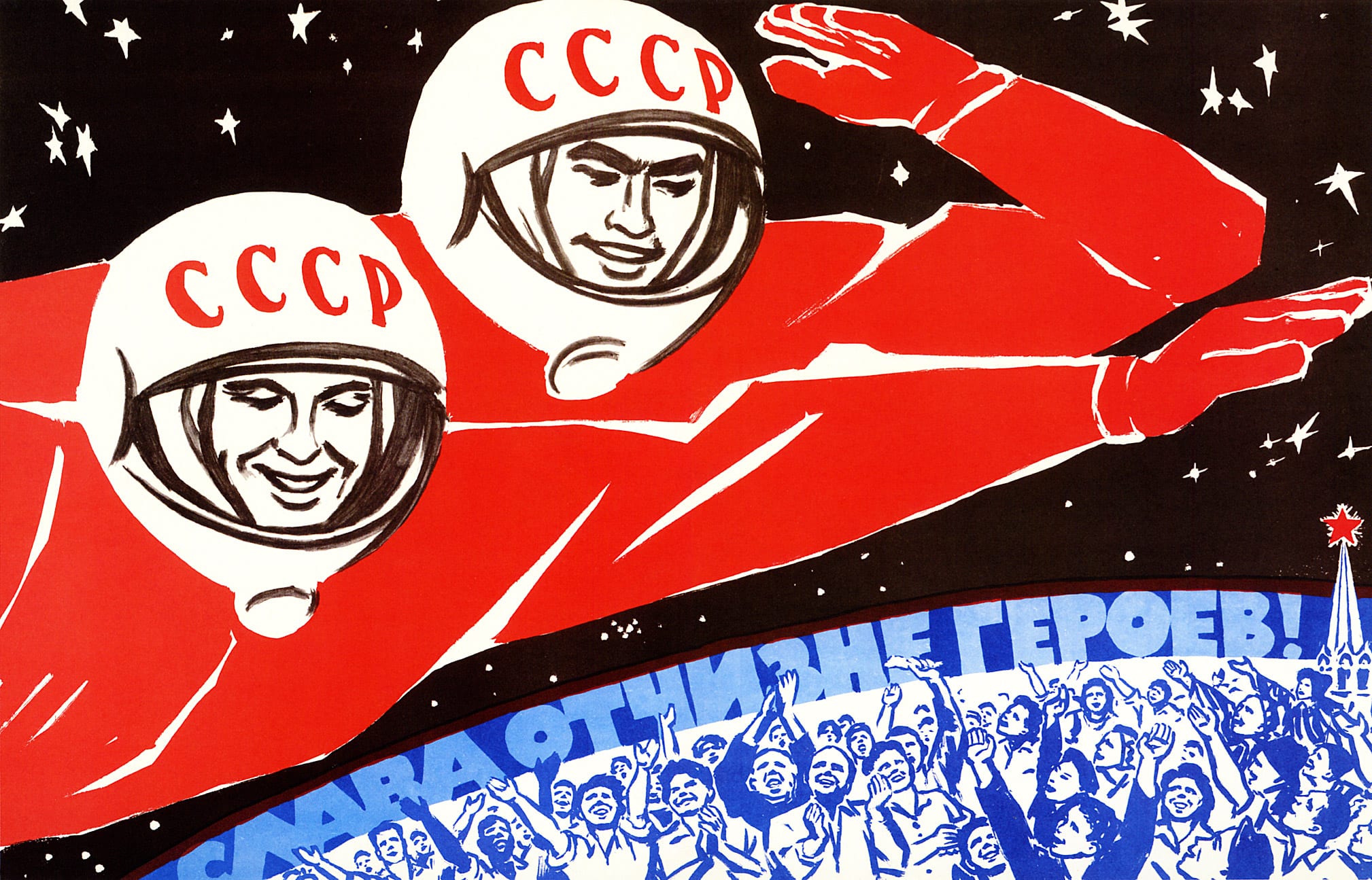
The US won the space race when Neil Armstrong and Buzz Aldrin landed on the moon on July 20, 1969. However, some observers say the Soviet Union was the real winner considering the moon landing was just one of the few space firsts the US ever achieved. The Soviets reached more milestones than the US ever did.
The Soviet Union launched the first satellite into orbit in 1957. It also sent the first animal to space the same year. Four years later, on April 12, 1961, the Soviets sent the first man to space. That man was Yuri Gagarin.
Gagarin’s flight was followed by another, which had two cosmonauts on board. This was the first time two humans traveled to space in the same spacecraft. In 1963, the Soviets sent the first woman, Valentina Tereshkova, to space. Two years later, Alexei Leonov performed the first spacewalk.
The Soviet Union could not maintain its head start for financial reasons. The state required money for more important things like food and homes for its citizens. This threw its space program into decline and it was quickly overtaken by the US. It finally lost out after the US landed on the moon.[6]
4 Buzz Aldrin Should Have Been The First Man On The Moon
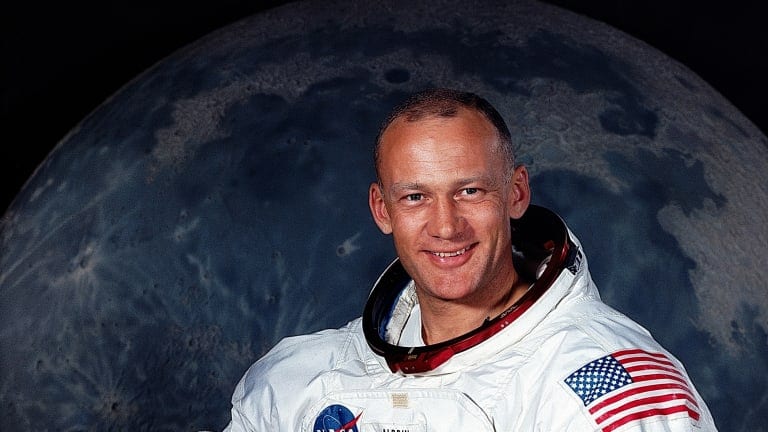
As the world awaited the launch of Apollo 11, journalists and NASA officials speculated that Buzz Aldrin would be the first man on the moon. This should have been true considering that the astronaut in the right seat of the earlier Gemini spacecraft (which Apollo replaced) was always the first to leave the spacecraft.
Aldrin was in the right seat of the Apollo 11. However, the door of the Apollo had been moved to the left side. This meant the man in the left seat—Neil Armstrong in this case—would alight first. Aldrin would need to climb over Armstrong if he was ever going to be the first man on the moon.
Aldrin did try climbing over Armstrong during trials here on earth. He was unsuccessful and ended up damaging the test module. Some NASA higher-ups also thought that Neil Armstrong should receive the privilege of stepping foot on the moon first because he was the module commander.[7]
3 The US Air Force Bungled The Space Shuttle
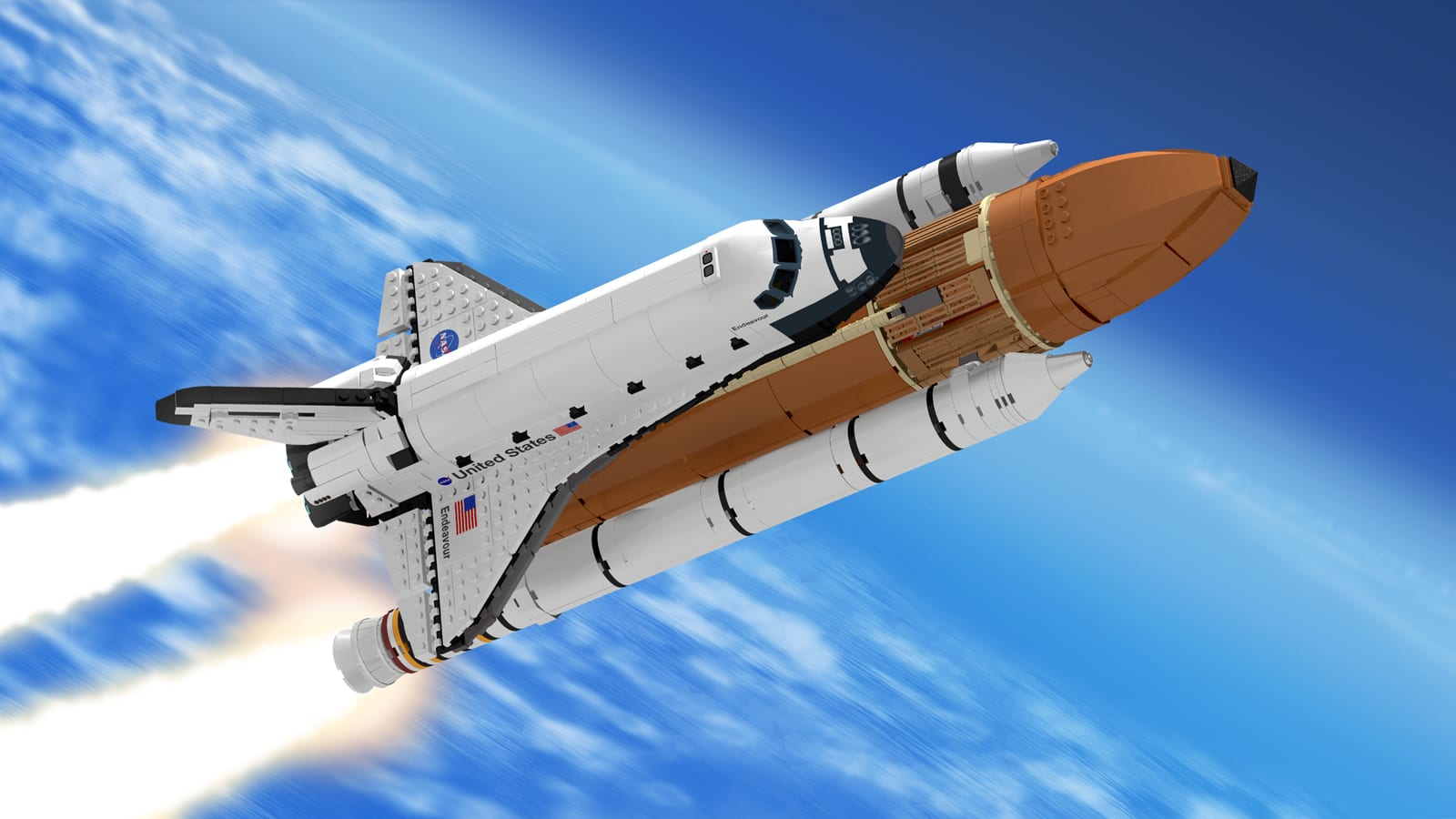
The space shuttle was supposed to revolutionize space travel. The first spacecraft were single use rockets. The space shuttle is reusable. NASA bragged that the shuttle would spaceflight cheaper. It even predicted launching a spaceflight every week at the cost of $20 million per flight with the shuttle.
That was like $1 billion for 50 flights a year. That is dirt cheap for a spaceflight. Unfortunately, that never happened. The space shuttle only flew 134 times in 29 years. That was between 1981 and 2010. The entire program cost NASA $209 billion. That is around $1.6 billion per flight.
The shuttle’s maximum range was also limited to a few hundred miles above the earth’s atmosphere. This was why astronauts never returned to the moon. If that was not bad enough, the shuttle was deadlier than the rockets it replaced. Two of the 134 flight crashed, killing 14 astronauts. That is a poor record for an aircraft.
The US Air Force was blamed for the failure of the space shuttle. The original design was perfect, until the air force requested for a shuttle that could launch US satellites and capture Soviet satellites. These meant the shuttle required larger fuel tanks and cargo bay than originally planned.
The Air Force also wanted the shuttle to fly above the poles so they could spy on the Soviet Union. This made NASA build a $4 billion launch facility at Vandenberg Air Force Base, California. That facility was never used.
The modified space shuttle later proved beneficial to the US space program. It was large enough to launch the Hubble Space telescope and deliver parts to the International Space Station. The original one would never launch the telescope or deliver many parts since it was smaller. It also helped wreck the Soviet space program as we will discuss below.[8]
2 The Space Shuttle Wrecked The Soviet Space Program
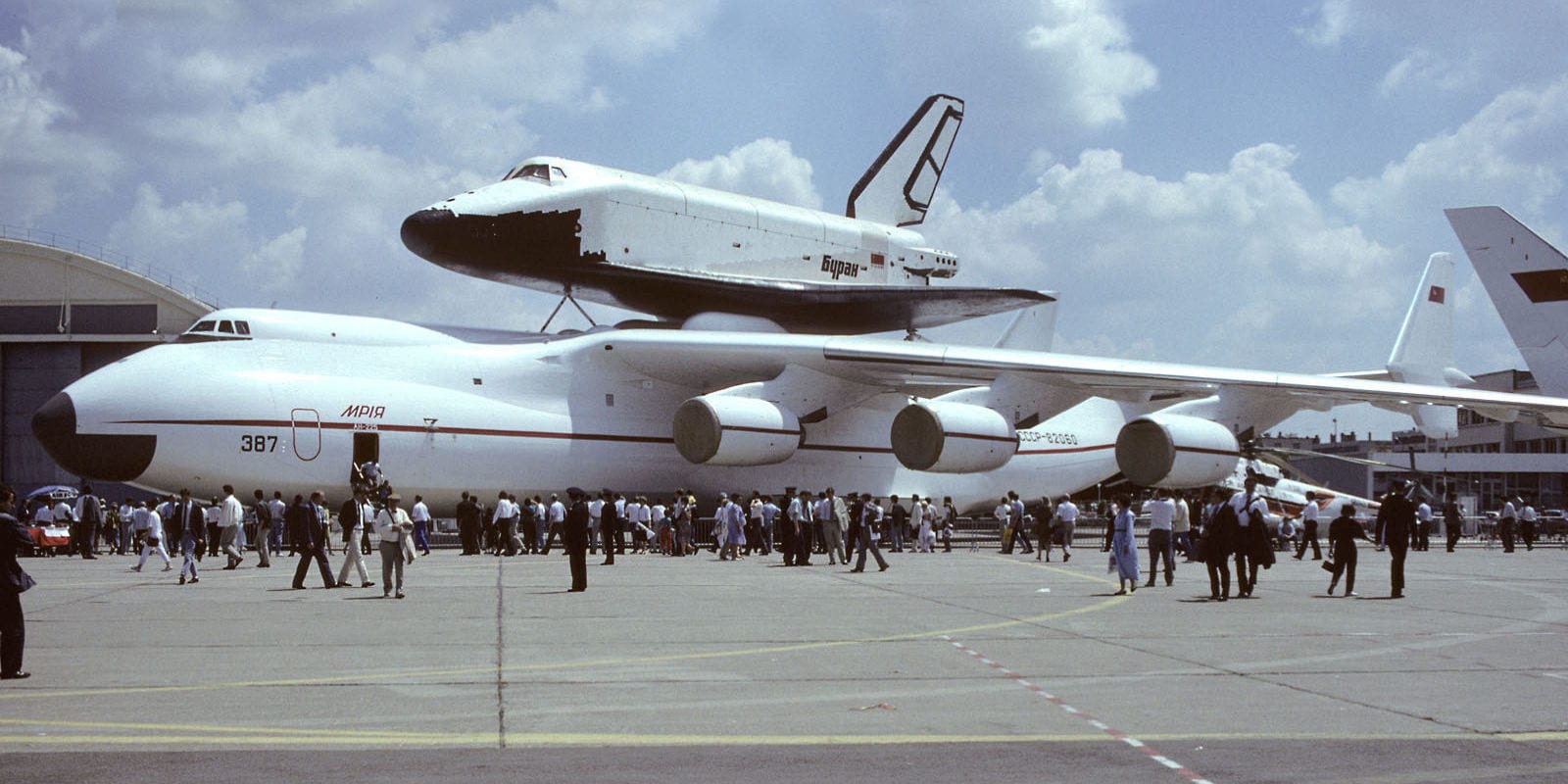
While Russia prefers keeping it hush, the Soviet Union did build a space shuttle. The shuttle even looked exactly like an American space shuttle. That part was no coincidence because the Soviets built it using plans stolen from NASA.
The US left design plans of the space shuttle plans unclassified. This permitted NASA to upload it on publicly accessible online databases. All the KGB (the Soviet equivalent of the CIA) needed to do was to find them, which it did. Their reward was a space shuttle they called Buran.
The Soviets planned to use Buran to dock on the Soviet-owned Mir space station. However, the shuttle only flew once in 1990 before it was abandoned. It never docked on the Mir space station and was decommissioned in 1994.
As we mentioned in the previous entry, the space shuttle program was expensive for the US. Its effect was worse for the cash-strapped Soviet Union. Their space program went bust soon after they expended the little they had on the failed shuttle project. The fact that the Soviet Union collapsed a year later did not help issues.
The theft of the shuttle plans later proved beneficial to the US when a NASA shuttle docked on the Mir space station in 1995. The shuttle used the same facilities the Soviet Union had intended to use for Buran.[9]
1 The Space Race Was Actually An Arms Race
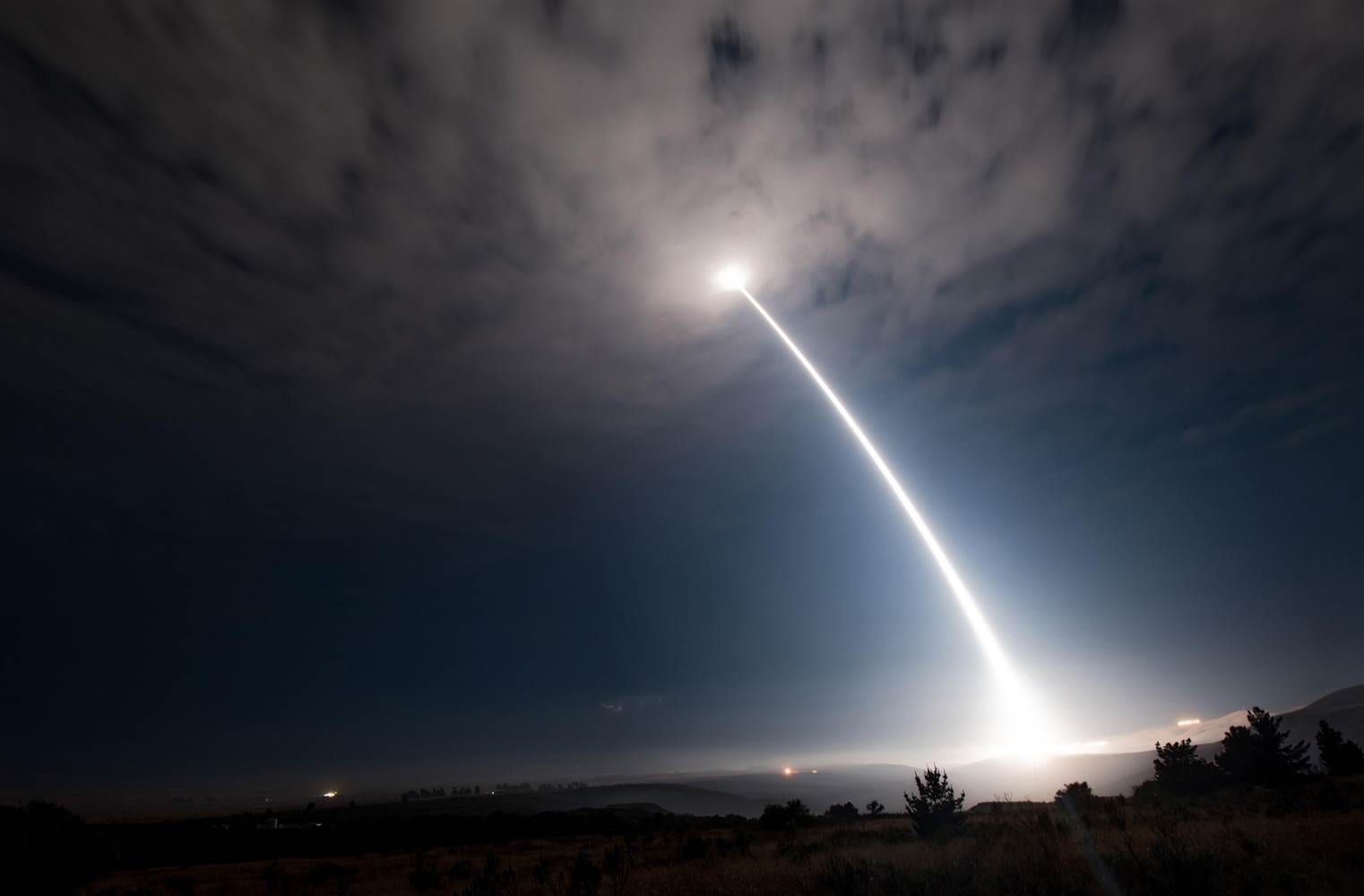
Rockets are dual-use technology. That is, they have both peaceful and military applications. Put a space capsule or shuttle on it and it becomes a spacecraft. Replace that capsule with a warhead and you have an intercontinental ballistic missile. The space race was a spin-off of the nuclear arms race between the US and Soviet Union.
The US and Soviets upped their nuclear weapon programs after World War II. At the same time, either nation developed the means of delivering its weapons to the other. The US designed long-range bombers while the Soviets opted for long-range rockets.
Those Soviet rockets turned useful when the space race came along. In fact, they were the reason the Soviet Union had the upper hand at the beginning of the space race.
The US only started taking its rocket program seriously after the Soviets launched Sputnik 1 in 1957. The launch startled President Eisenhower, who feared the Soviets could use one of the rockets to deliver a warhead to US mainland. Those fears led to the space race.[10]
Looking for another out of this world lists on space? Then head on over to 10 Space Myths We Believe Because Of Movies and 10 Supposed Secret Space Programs.



